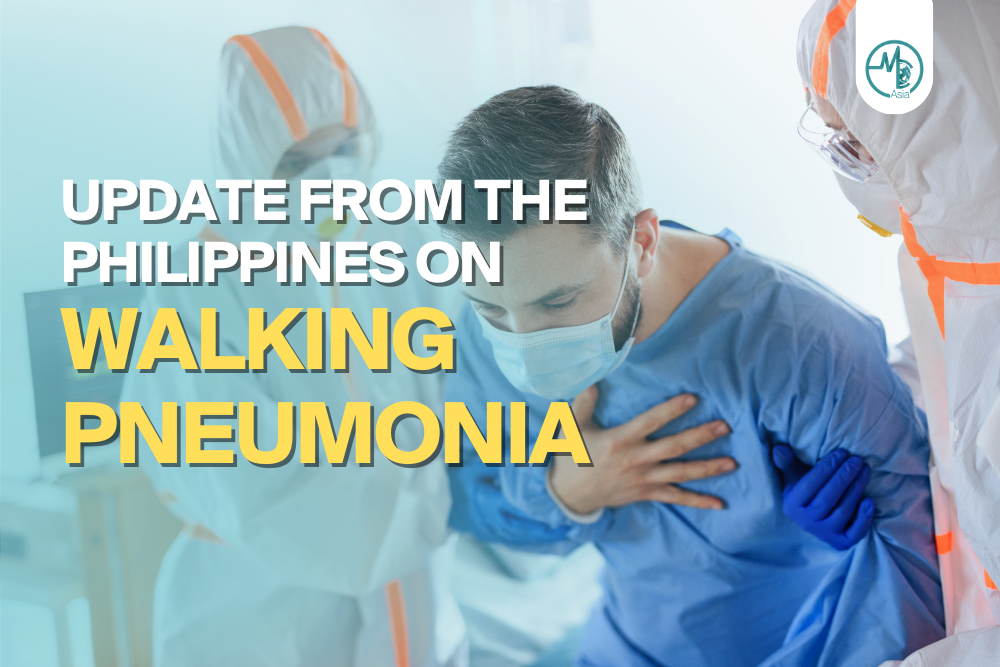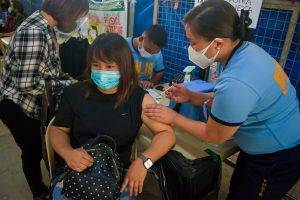Recently, the Department of Health (DOH) in the Philippines has taken proactive steps to clarify and address concerns surrounding Mycoplasma pneumoniae, colloquially known as ‘Walking Pneumonia.’
With four reported cases successfully recovered, the DOH aims to dissipate any apprehension by sharing detailed information about the infection’s nature, symptoms, and preventive measures.
Overview of Mycoplasma pneumoniae Cases
The DOH has revealed that merely 0.08% of confirmed influenza-like illnesses (ILI) cases from January to November this year were linked to this pathogen. Notably, the agency assures the public that all identified cases have fully recovered. They also further emphasised that other well-known pathogens caused the majority of ILI cases. The DOH underscores the familiarity with and treatability of M. pneumoniae as a known pathogen.
Symptoms and Treatment
Expanding our understanding of the symptoms associated with walking pneumonia, here are some of the diverse clinical presentations. Beyond the traditional indicators of fever, sore throat, and cough, it’s imperative to grasp the nuanced manifestations across various age groups. For younger children, the symptoms may closely resemble those of a common cold, potentially leading to challenges in early identification. This underscores the importance of vigilance among parents and caregivers in recognising subtler signs.
Moreover, individuals with weakened immune systems or those residing in confined settings, such as nursing homes or crowded households, face an elevated risk of developing severe forms of the disease. The DOH underscores the need for heightened awareness among healthcare professionals to identify and address these high-risk cases promptly. Despite the challenges posed by severe manifestations, the agency emphasises the competence and preparedness of Filipino doctors and medical professionals in effectively diagnosing and treating M. pneumoniae infections, reassuring the public of the nation’s healthcare capabilities.
Preventive Measures
In an effort to curb the transmission of Mycoplasma pneumoniae and other respiratory pathogens, the DOH advocates a multifaceted approach. This includes regular handwashing, the diligent use of masks, ensuring optimal ventilation, and staying current with vaccinations. The agency further underscores their significance in controlling the spread of respiratory illnesses within the community.
Surveillance and Trend Analysis
Providing insights into the surveillance and trend analysis, the DOH clarifies that existing surveillance mechanisms concentrate on ILI cases. However, contrary to misconceptions, M. pneumoniae is not a novel pathogen, and its prevalence has been monitored over the years. The agency reports a temporal increase in cases during late August, reaching a peak and subsequently experiencing a decline. Anticipating a rise in ILI cases at the commencement of January based on historical data, the DOH remains committed to vigilant monitoring.
Global Perspective
The DOH extends its clarification globally, asserting that walking pneumonia is not a notifiable disease on an international scale. Relying on media reports and information from the World Health Organization (WHO), the agency assures the public that, as of now, China is the only country with recorded incidents of Mycoplasma pneumoniae.
Health Secretary’s Statement
Health Secretary Ted Herbosa, in a statement to the Commission on Appointments, affirms that there is no outbreak of walking pneumonia in the Philippines. He drew parallels with the lessons learned from the COVID-19 pandemic. Additionally, he stressed the continued importance of practices such as social distancing, mask-wearing, and cough etiquette.
Conclusion
While acknowledging the presence of Mycoplasma pneumoniae in the country, the DOH reassures the public that the reported cases have fully recovered and there is no outbreak. Subsequently, they are encouraging vigilance, adherence to preventive measures, and prompt consultation with healthcare professionals. Therefore, the agency affirms its commitment to ongoing monitoring to ensure the effective management of respiratory illnesses in the Philippines.












